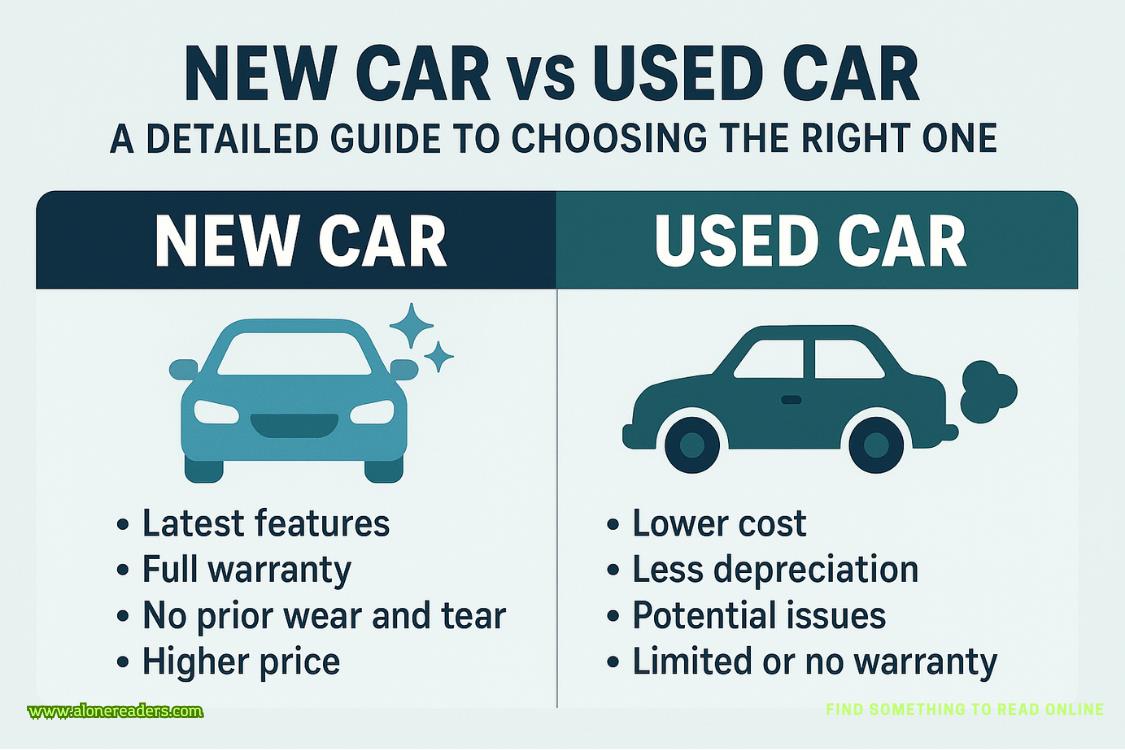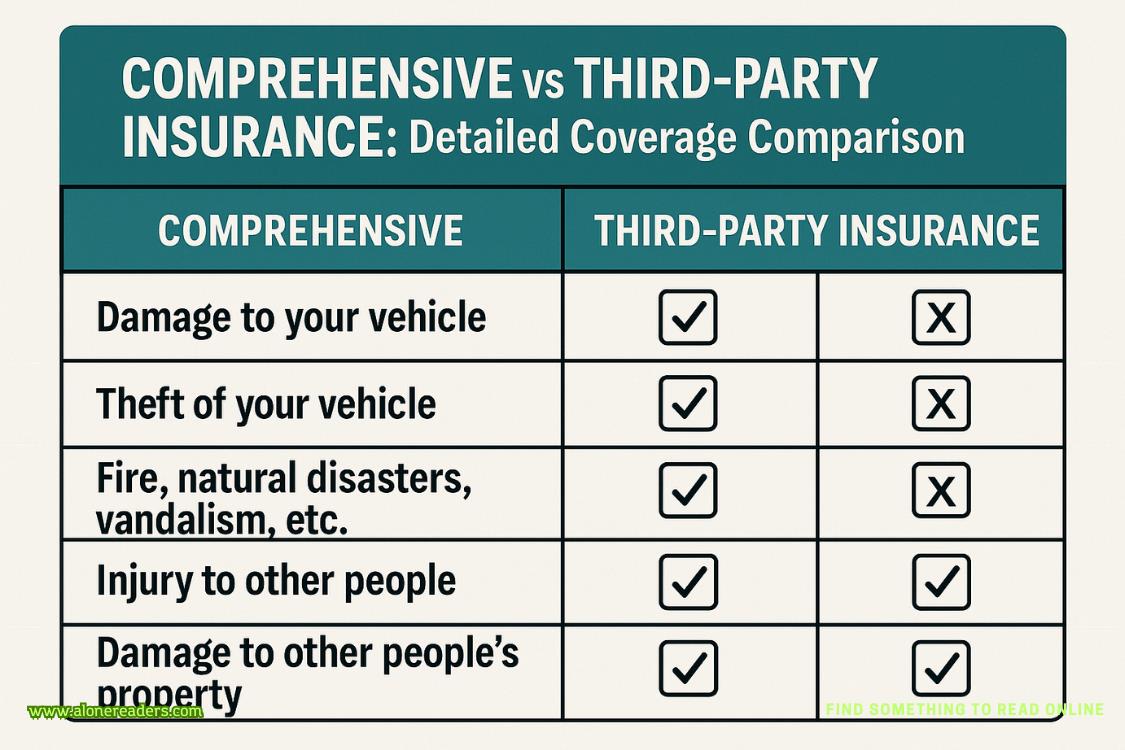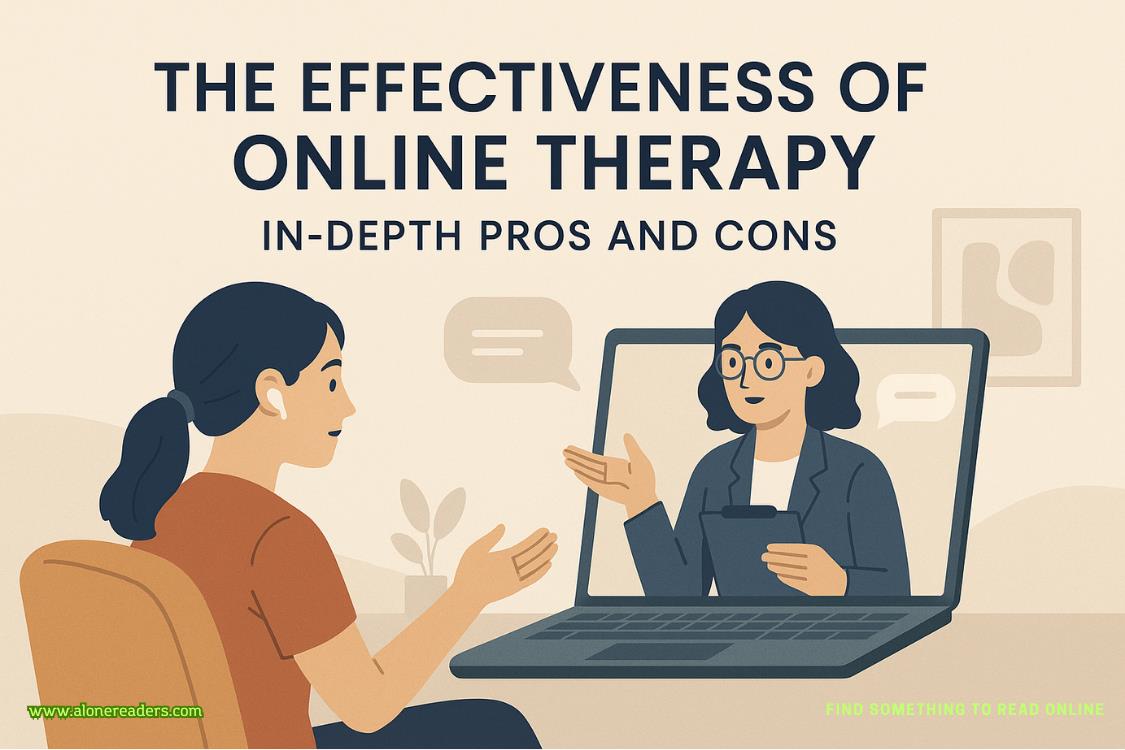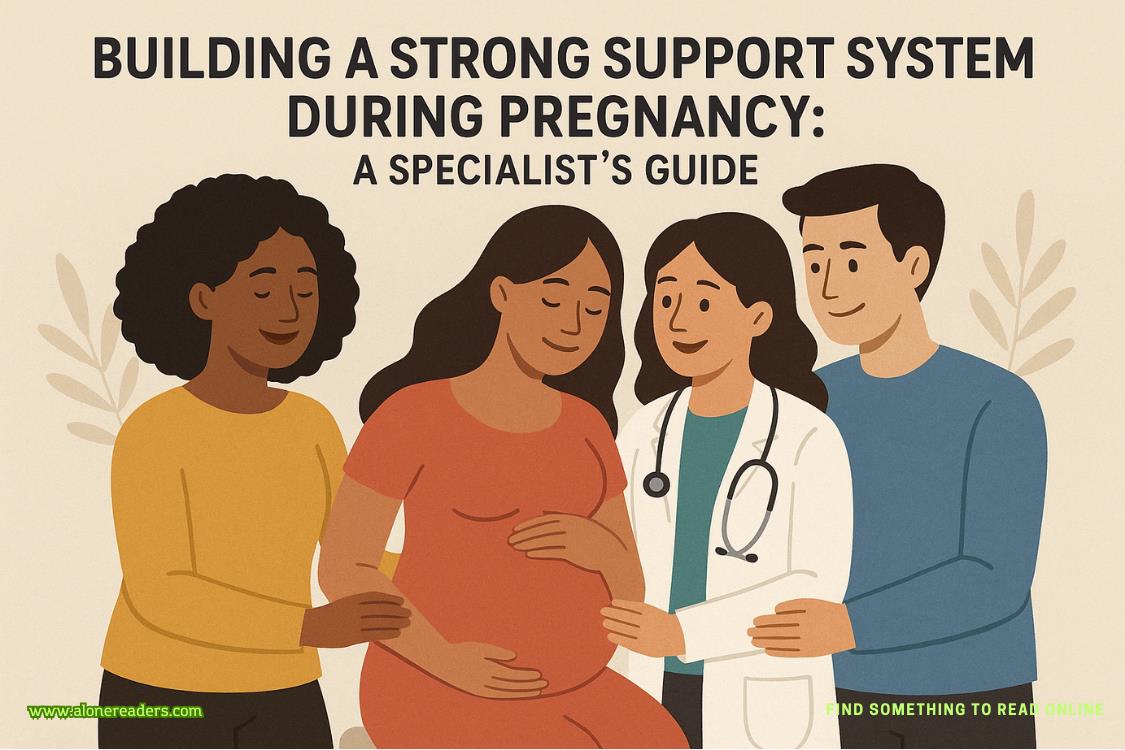Page 84 of The Road to You
I nod. I’ve known that for months. What I didn’t know washowbad it really was. Now that he’s highlighted the different shapes in my muscles with red marks on the screen, I start to understand how many scars are hidden underneath my skin. Not the visible ones on the surface that are slowly fading. There’s a constellation of more subtle ones running up and down my muscles like small, creepy worms.
He gestures for me to stand, and I do. My leg tightens the moment I straighten it, like it’s trying to protect itself. I’m constantly guarding it, always bracing for the pain to shoot up my leg and spine. He runs me through a series of strength tests, including balance drills, resistance band exercises, and uneven step challenges. By the end, sweat clings to my shirt, and my thigh feels like it’s going to give out.
“You okay?” he asks.
His tone is even, but there is a concern behind his stern composure that unnerves me.
I shrug. “It hurts.”
His gaze softens a fraction.
“Of course it hurts,” he says, tapping his pen against my file. “And it’s going to keep hurting. That’s the point.”
He sits, wheels himself closer, and points to one of the scans. “Your injury—” he makes a big circle with his fingers around the black shades of the scan, “—it didn’t just tear the muscle. It mangled it. It tried to regenerate, but the healing process went wrong. Scar tissue formed in all the wrong places. That’s why itcan’t stretch or respond like it should. You’re compensating with other muscle groups just to walk.”
I clench my jaw. I already knew something wasn’t right. I’ve felt it every single morning. Every time I try to run. Every time I imagine myself on the field again, my body screamsnobefore I even move. Those small strikes across the muscle are the reason for that.
“So…what’s the solution?”
He shifts slightly, and his voice is steady. “Surgery. A very specific one. We’d need to remove the scarred tissue and reconstruct the muscle. In your case, I recommend a muscle flap transfer. We take healthy muscle from another part of your body, typically the other thigh or the back, and use it to reinforce and rebuild the damaged one. Along with tendon work.”
That sounds ominous. No way would I let him touch my healthy leg, but even my back is a bit concerning. I can’t play with a messed-up back.
I stare at him, the words landing slowly. “So I’d have…two injuries? Temporarily?”
“Yes. You’d need rehab on both the donor site and your leg. But—” he holds up a hand, “—this procedure has a decent success rate in athletes like you. I’m confident that we can help you regain your full strength. Not just walking. Not just jogging. Playing.”
Decentsuccess rate is not very encouraging. “So why did no one want to do the surgery before if it’s that easy?”
The doctor inhales deeply and takes his time to answer. I like that.
“Probably because the risks are significant. The part of the muscle that we have to replace is bigger than usual, and considering how your recovery went the first time, they probably don’t want the risk”
I open my mouth to object, but he raises a hand to stop me.
“But I wasn’t with you right after the accident. I wasn’t in the OR, and I don’t know what doctors were dealing with, but I’ve seen enough injuries in my career toknowthat they were trying to save your life and your leg. They had to repair major arteries, stop the bleeding, and try to put together the bones without amputating the leg. They did a great job with the bones. We wouldn’t be here talking about another surgery if that weren’t the case. Additionally, as an athlete, all the muscles in your body work together to support the injured leg, and you can’t underestimate this. It’s a risky surgery, yes, but it’s worth the risk.”
I appreciate his honesty, but I want to understand all my possibilities here.
A breath escapes me, half relief, half terror. “And if I don’t do the surgery?”
His voice softens. “Then you’ll keep losing strength. You might still walk fine. Live a normal life. But playing professionally at your level? You’ll never get there without intervention. The leg simply can’t function the way it needs to.”
Silence falls in the room, and I can hear my heart beating so fast I’m afraid it’s going to explode out of my chest. I stare at the scans again, my own failure mapped in shades of gray. The fear hits me like a low wave, rolling heavy in my chest. What if I go through with the surgery and still don’t make it? What if I lose both sets of muscles and I’m worse off than before?
“I don’t just want to play,” I say, more to myself than to him. “I want to feel like me again.”
“And you can,” he says, meeting my eyes. “But not if you keep avoiding the hard part.”
I nod slowly, breathing in through my nose.
“Let me know when you’re ready to schedule,” he says, standing.
I look at my leg. Then back at the screen. He’s so sure I can do it that it makes me nervous. I consider everything I’ve built, everything I’ve lost. The dream I’ve held in my hands since I was a kid.
And then I think of Lena, her voice when she said, “You don’t have to play for them. Play because you love it.”I still love it. I haven’t stopped, and that’s enough to face the fear.
“Okay,” I say, finally. “Let’s do it.”















